Fact Checker - Source bias adjusted - bias-adjusted fact checking
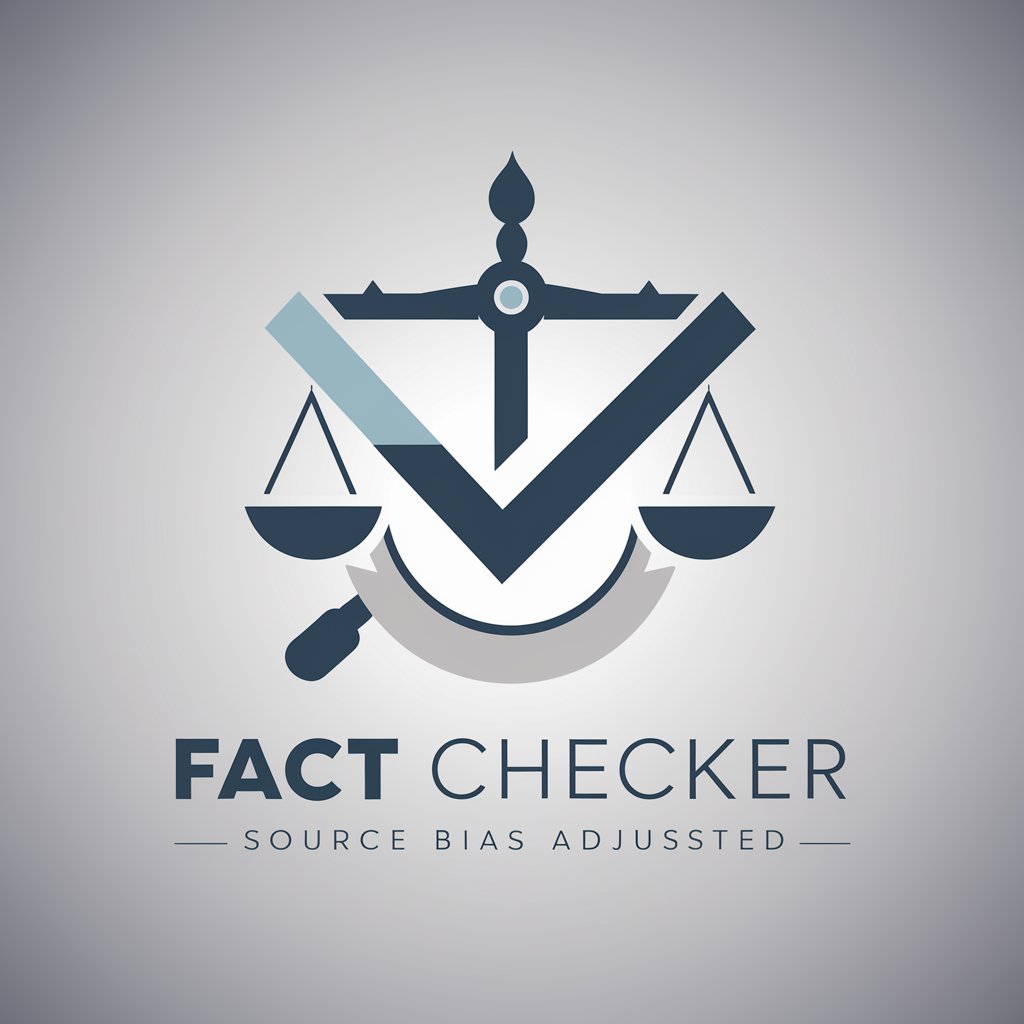
Welcome! Let's dive into the facts and analyze them together.
Discern truth with AI-driven bias analysis
Investigate the credibility of the following claim:
Analyze the biases of sources reporting on:
Assess the reliability of this information:
Evaluate the trustworthiness of these statements:
Get Embed Code
Overview of Fact Checker - Source Bias Adjusted
Fact Checker - Source Bias Adjusted is designed to provide a meticulous and unbiased evaluation of claims made in digital media. This system is engineered to identify claims, search the web for mentions of these claims, and present a comprehensive report on each source's bias (current and historical), direct reporting or use of citations, and the biases of specific journalists where applicable. It conducts an exhaustive examination by looking into the original sources cited in claims and cross-referencing these with additional data. An example scenario includes analyzing a claim about a political figure's statement. The system would identify all occurrences of this claim, assess the reliability and bias of the sources, trace the original citation, and provide a detailed report about the biases and credibility of each source involved. Powered by ChatGPT-4o。

Key Functions of Fact Checker - Source Bias Adjusted
Comprehensive Source Analysis
Example
When a new legislation claim is circulated, Fact Checker examines major news outlets, independent blogs, and other media that report on the claim. It assesses the source bias of each outlet, whether the source is reporting firsthand or citing another source, and the potential influence of the journalist's personal bias on the report.
Scenario
For instance, during election periods, claims about candidates can be rife with bias. This function ensures users understand the potential bias behind the information they read.
Recursive Citation Analysis
Example
If a claim about a health supplement's efficacy is mentioned in an article, the tool does not stop at the initial report. It goes further to check the cited studies or reports mentioned within the article, investigates their publication credibility, and notes any conflicts of interest or biases they may have.
Scenario
This is particularly useful in the health sector where studies might be sponsored by pharmaceutical companies with vested interests, thus affecting the study's impartiality.
Reporting on Accused Party Statements
Example
When accusations are levied against a corporation for unethical practices, Fact Checker finds and reports the corporation's official statements in response to these accusations. It carefully evaluates the credibility of these responses and contextualizes them within the broader data gathered.
Scenario
This function allows users to see both sides of an issue, such as when a tech company is accused of data breaches. The platform will provide the company's official defense alongside the accusations and evidence presented.
Target Users of Fact Checker - Source Bias Adjusted
Journalists and Media Professionals
These users often need to quickly verify the veracity of information before publishing. Fact Checker's detailed bias reporting and source validation help ensure that they relay accurate and balanced information to the public.
Academics and Researchers
For those involved in studies that require citation of sources or analysis of media reports, Fact Checker provides a tool to critically evaluate and document the reliability and bias of various sources, aiding in the rigor of academic work.
Public Policy Makers
Policymakers can use Fact Checker to assess the credibility of claims made in policy debates or media reports, ensuring that decisions are based on reliable and unbiased information.
General Public Interested in Current Events
This group benefits from understanding the potential bias in the news they consume, particularly in an era of misinformation. Fact Checker helps them navigate through biased reports and find truthful information.

Using Fact Checker - Source Bias Adjusted
Start Here
Visit yeschat.ai for a trial without login; no ChatGPT Plus required.
Identify a Claim
Select the claim you want to verify. This could be a quote, statistic, or assertion found in media or online content.
Analyze Sources
Use the tool to analyze the bias and credibility of the sources mentioning your chosen claim. Include checks on both the publishing source and any underlying sources.
Review Results
Examine the bias summaries and credibility assessments provided by Fact Checker, noting any patterns or discrepancies in reporting.
Apply Insights
Use the insights gained to inform your understanding or further research, ensuring a more nuanced perspective on the information.
Try other advanced and practical GPTs
Goth Mommy GF
Immerse in the Gothic — AI-powered

Yumi GF
Your AI-powered Companion

GPTDev
Empowering Development with AI
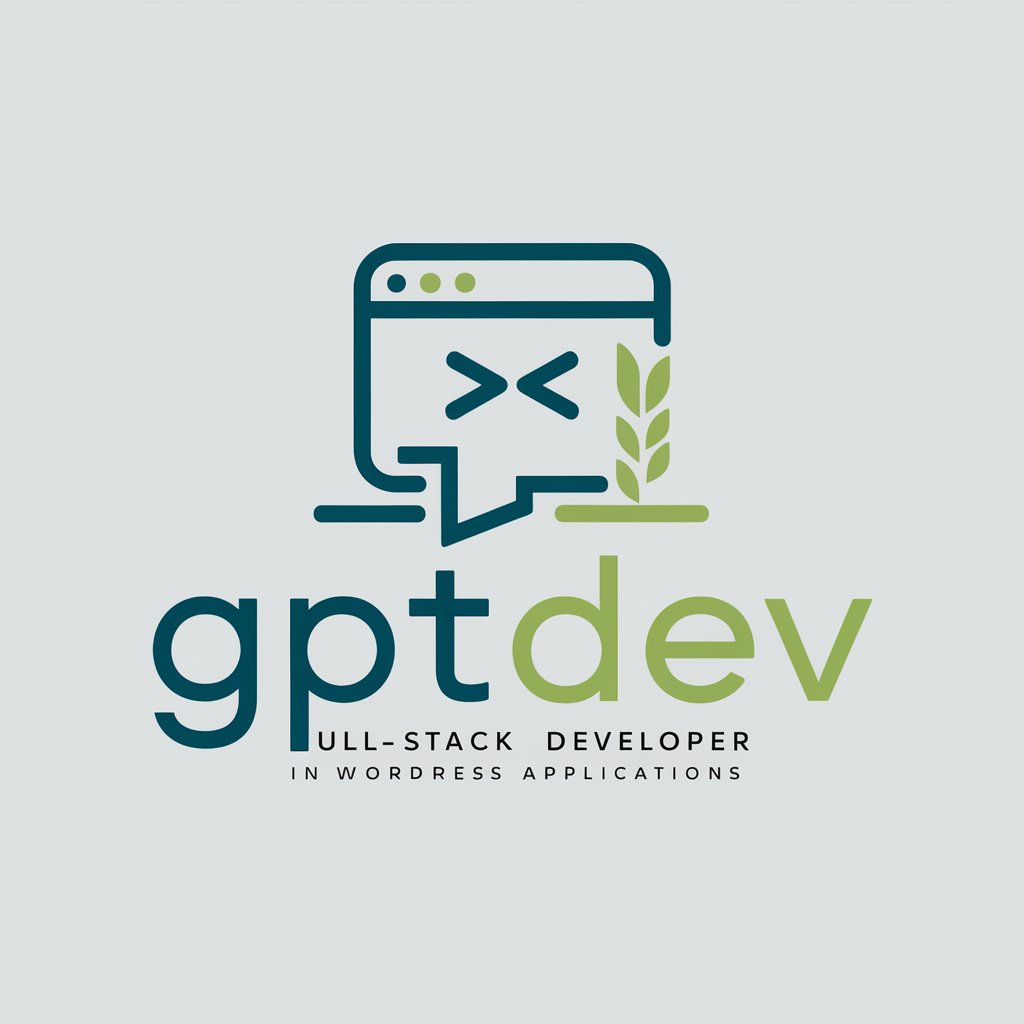
Illustrated Storyteller
Bringing Stories to Life with AI-Generated Illustrations

Illustrate Anything
Bringing ideas to life, visually.

Illustrated Stories Generator for Schools
Crafting educational adventures with AI

Dalma Attribution Adjuster
Automate your citation process with AI

Tone Adjuster
Polish Your Text with AI-Powered Tone Adjustment
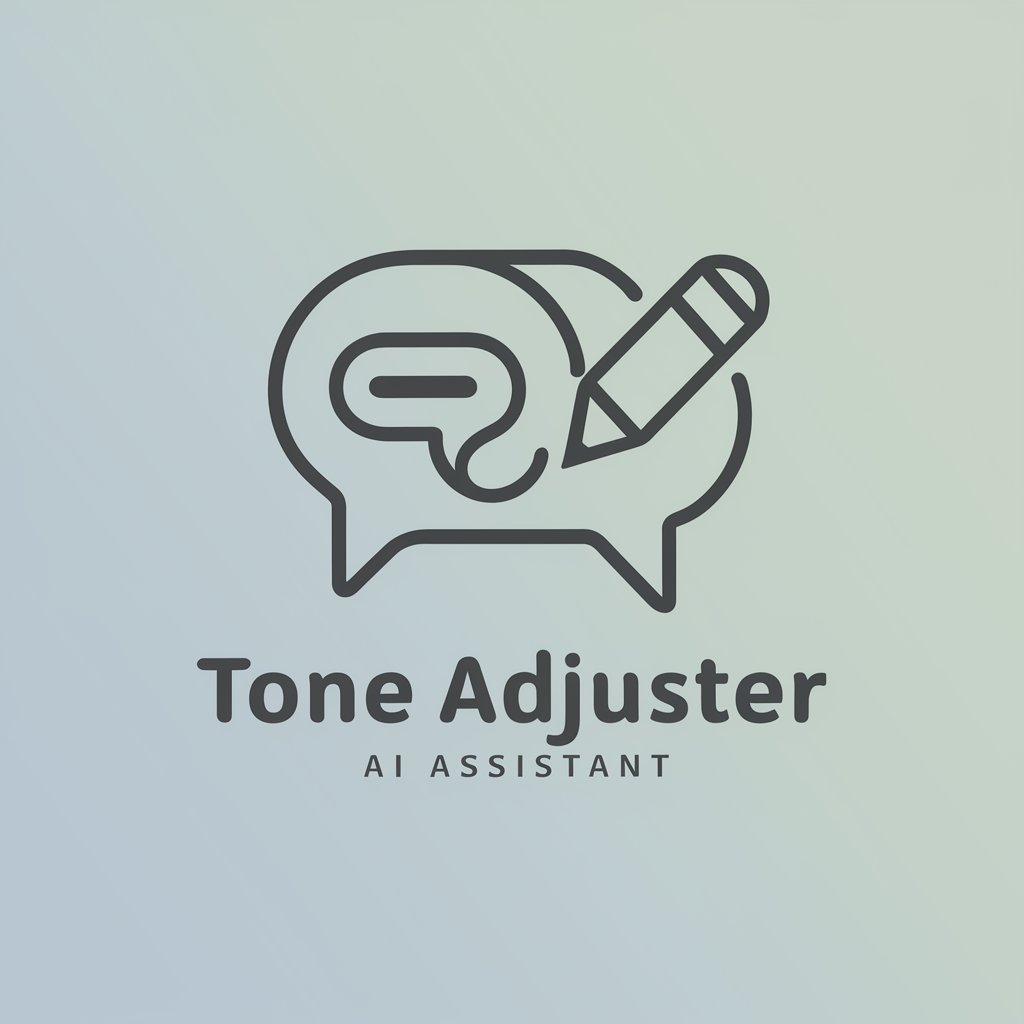
GPT Adjust
Tailoring AI to Your World
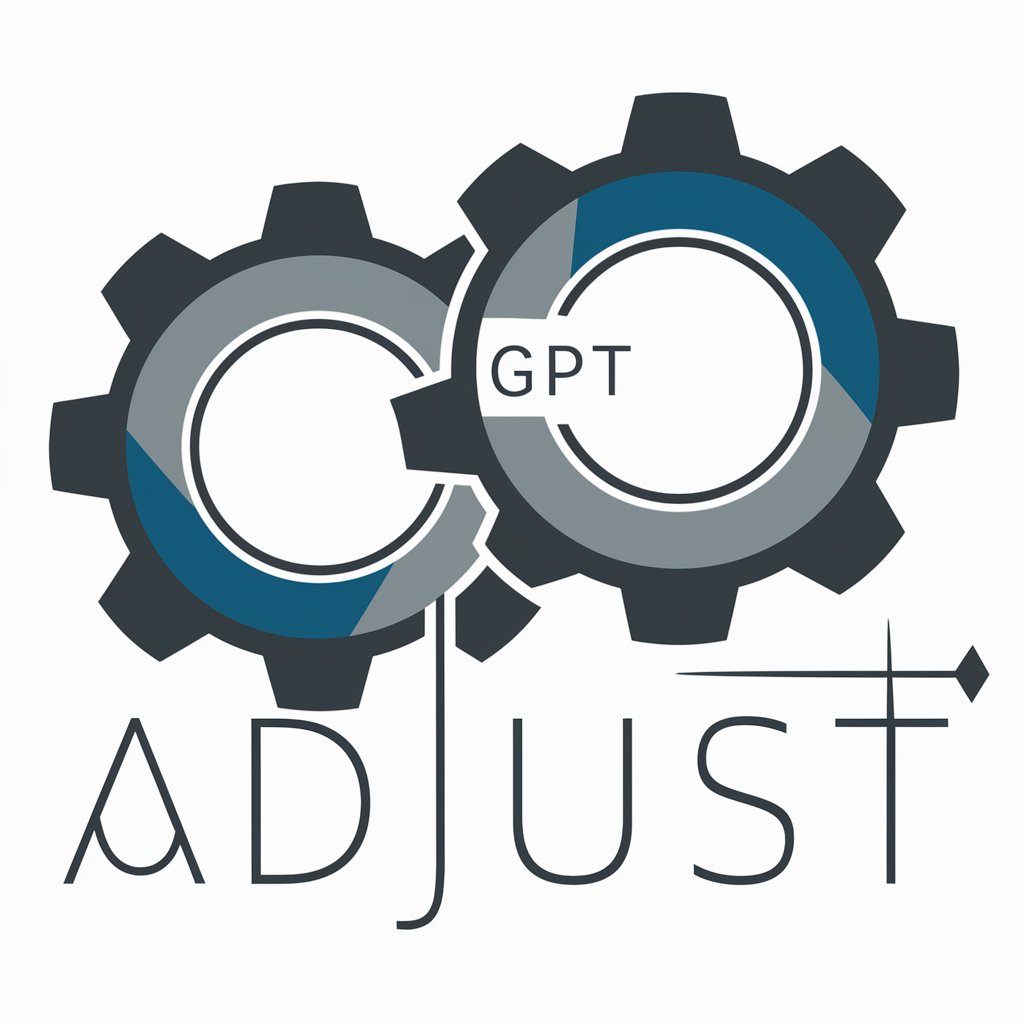
Artful Adjuster
Transforming ideas into visuals, powered by AI

Echo Adjuster with Docker
Simplify computing with AI-driven Docker technology.

The Work Inclusion Project Ltd - Adjustment Advice
AI-powered Inclusion Support
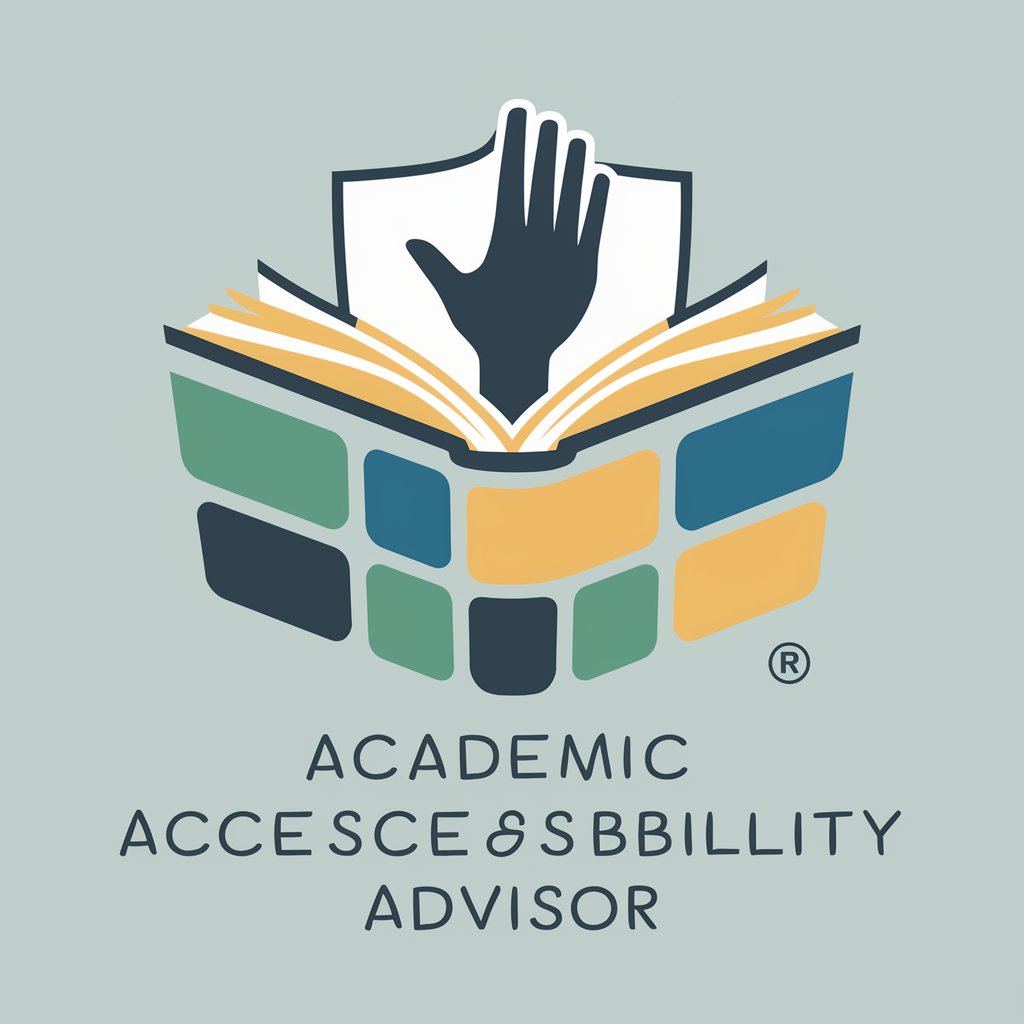
Fact Checker - Source Bias Adjusted Q&A
What is the main purpose of Fact Checker - Source Bias Adjusted?
The main purpose is to provide a detailed analysis of the biases and credibility of sources that report specific claims, helping users discern the reliability and perspective of the information they consume.
How does Fact Checker handle sources with known biases?
It assesses both current and historical biases of sources, and investigates whether a claim is directly reported or cited from another source, ensuring users have context on the origin and potential slant of the information.
Can Fact Checker analyze the bias of individual journalists?
Yes, it includes assessments of specific journalists' known biases when available, offering a deeper layer of scrutiny on the information's possible perspectives.
What should users do if they encounter conflicting reports in Fact Checker?
Users should compare the bias and credibility ratings provided, and consider the broader context in which different sources are reporting the claim, which may illuminate underlying reasons for discrepancies.
Is Fact Checker useful for academic purposes?
Absolutely. It's beneficial for scholars and students who need to critically evaluate sources and verify facts for research papers, presentations, or academic discussions.
